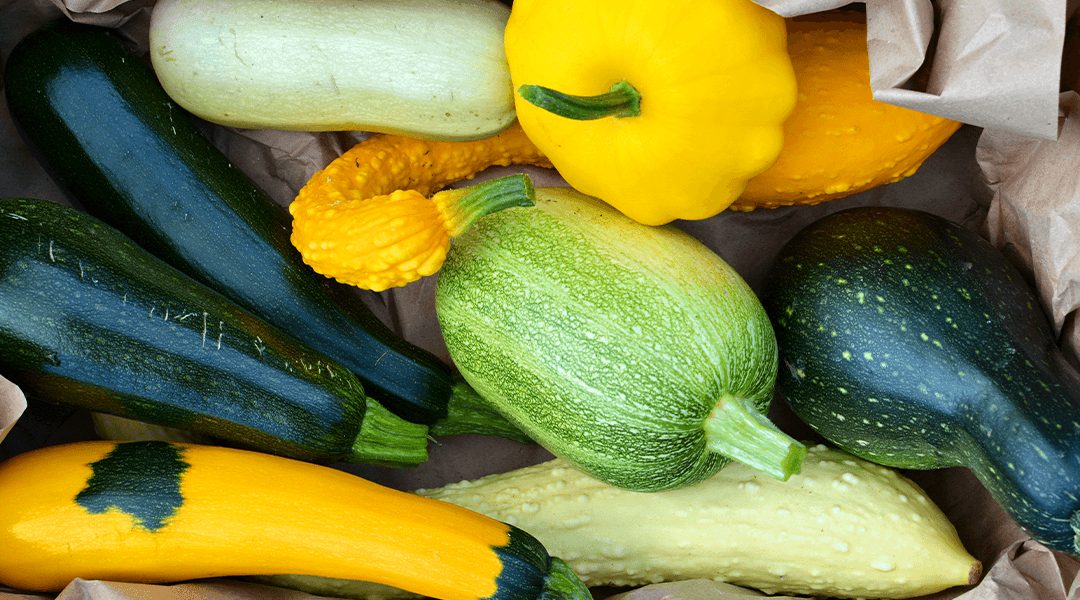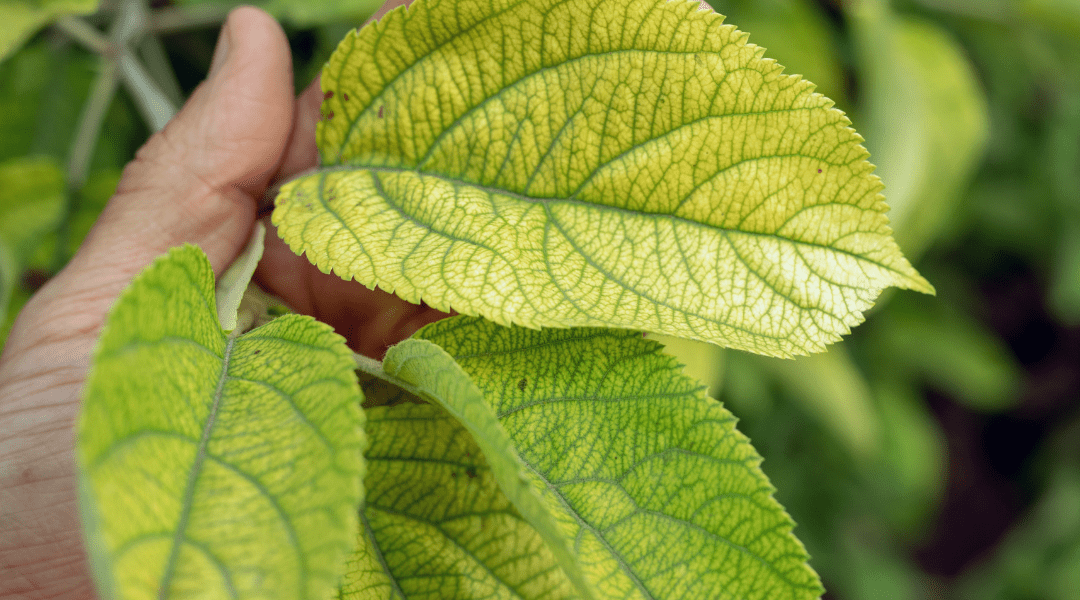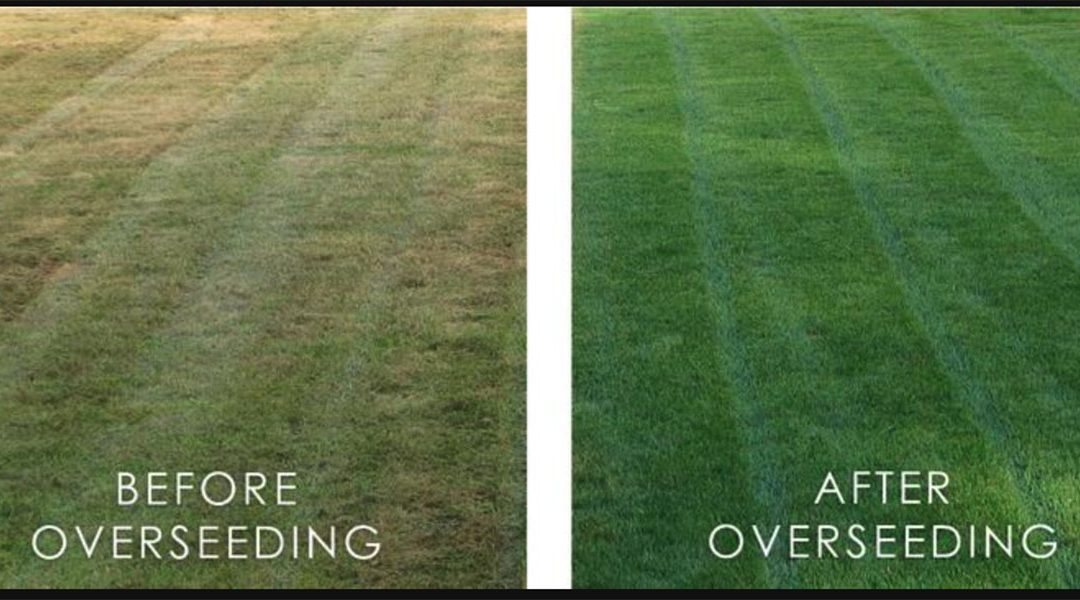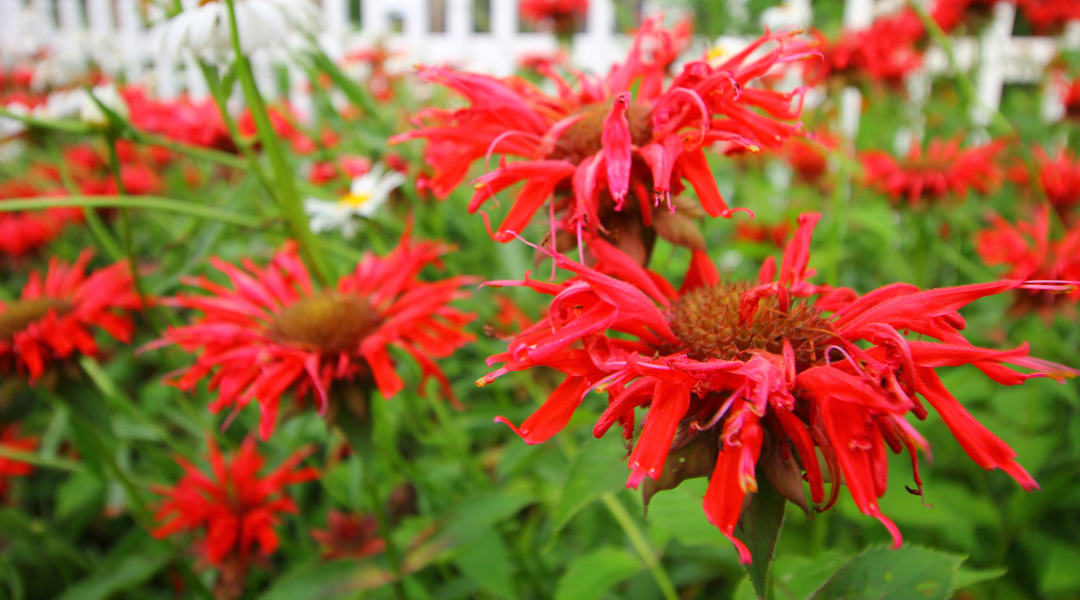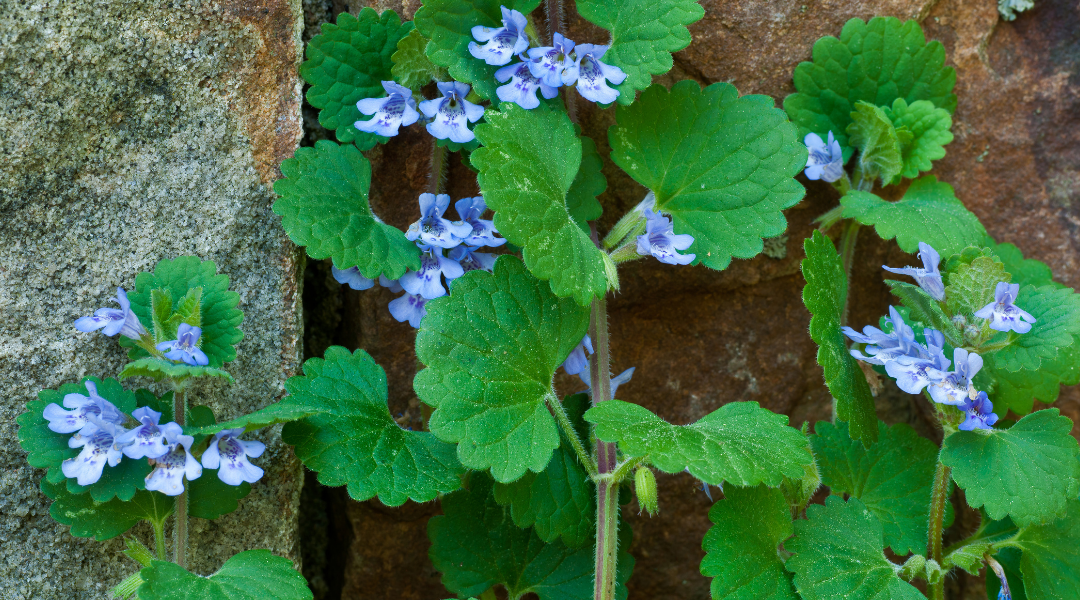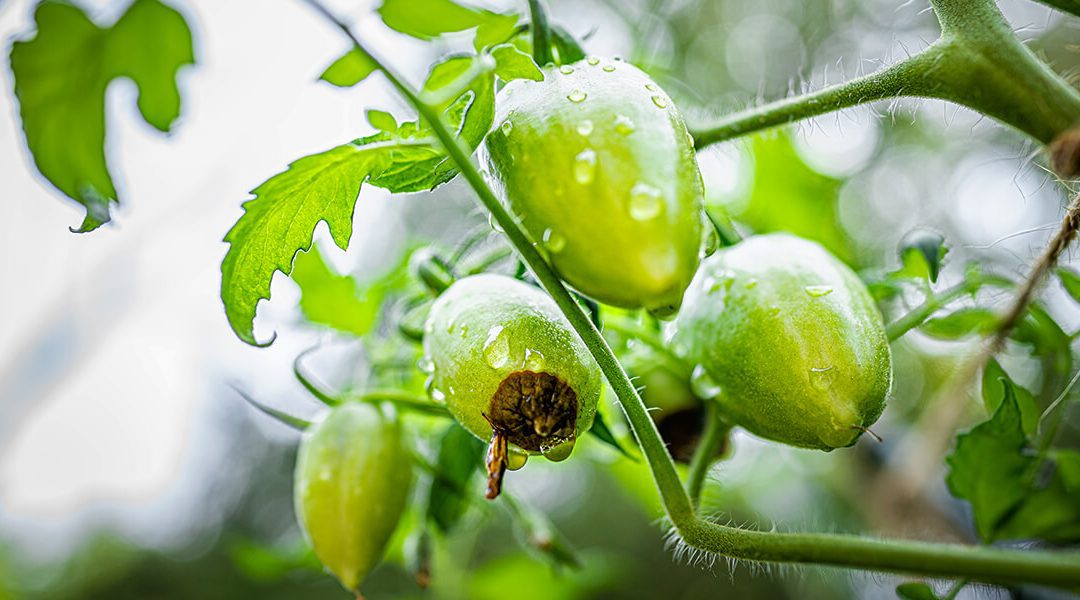
by Platt Hill Nursery | Aug 30, 2021 | DIY/How to, Vegetables & Herbs
Refreshing, easy-to-grow, and abundant—that’s garden zucchini for you, as well as all summer squash. With only a few plants, you’ll have your fill of zucchini cake, baked zucchini, and fresh salad all summer long. The main challenge is knowing when to harvest summer...

by Platt Hill Nursery | Aug 23, 2021 | DIY/How to, Healthy Living, Landscaping, Lawn & Garden, Outdoor Living, Trees & Shrubs
Do you notice yellow leaves on your trees or shrubs? It’s not fall yet! They may be turning from a lack of water, disease, insects, or a nutrient deficiency—or it might be a case of “iron chlorosis.” It sounds quite technical, but really, it just means your plant is...

by Platt Hill Nursery | Aug 18, 2021 | Lawn & Garden, DIY/How to
It is the perfect time to overseed your lawn! Our grass seed experts recommend overseeding August 15th to September 15th in the Chicagoland area. When seeding lawns, use grass seed appropriate to your site. The best choice for most lawns in northern Illinois is a mix...

by Platt Hill Nursery | Aug 17, 2021 | DIY/How to, Lawn & Garden, Outdoor Living, Perennials, Winged Friends
Bee Balm is a fragrant perennial flower, also known as Wild Bergamot, the sweet-smelling leaves recall the bergamot spices in Earl Grey tea, but this flower actually comes from the mint family. It’s a favorite for pollinators and an easy summer bloomer to grow...

by Platt Hill Nursery | Aug 10, 2021 | DIY/How to, Lawn & Garden, Outdoor Living
Creeping Charlie, also known as ground ivy, was brought to North America by Europeans as a medicinal herb and ornamental plant. Since then, it’s spread across the country in disturbed sites, natural areas, and most commonly, in lawns. It can reproduce from any small...

by Platt Hill Nursery | Aug 2, 2021 | DIY/How to, Vegetables & Herbs
What’s that black spot on the end of your tomatoes? It’s called blossom end rot, and contrary to appearances, it’s not a fungus or disease. It’s a condition caused by insufficient calcium uptake in your plants. It may affect squash, cucumbers, peppers, and melons, but...
